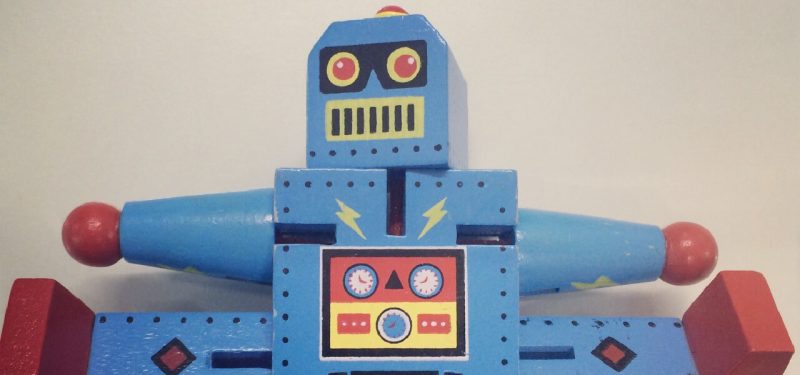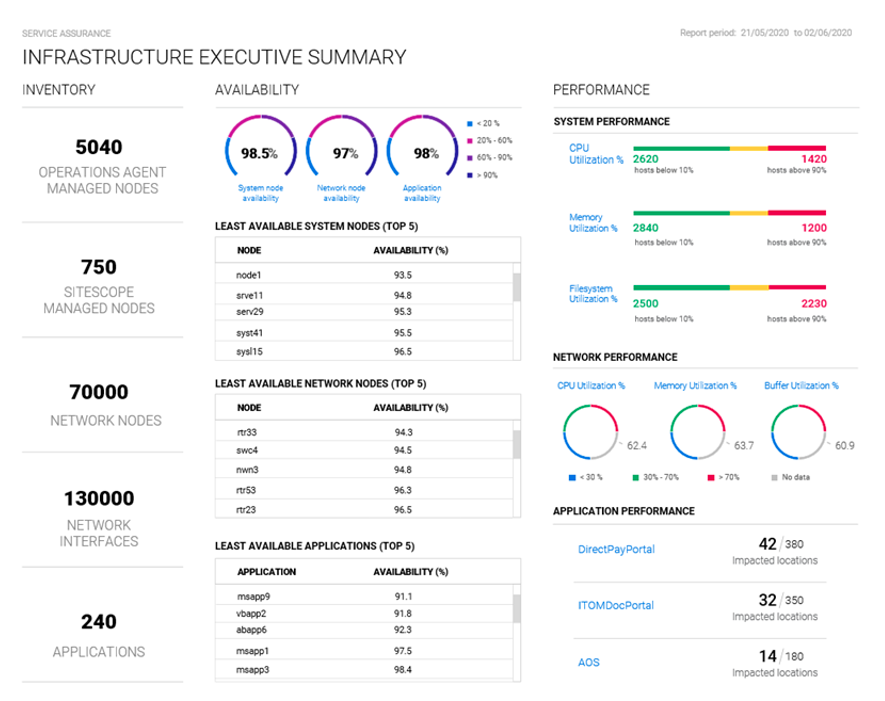AIOps has been around for several years, but the technology is finally maturing to the point that you need to start thinking about adding these capabilities into your IT operations strategy.
The notion of AIOps was an outgrowth of the big data concept, which first appeared in 2005 but didn't get traction until 2014. That's when analysts created the term IT operations analytics (ITOA)—the application of big data analytics to IT operations data.
From there, the term evolved to become AIOps, capabilities that analyze and report on huge volumes of operational data to deliver an overview of your IT systems and help you make decisions. AIOps uses machine learning (ML) for near-real-time data analysis and event reduction. It gives you the information you need to act on a problem before it affects your business. (For more on the differences between ITOA and AIOps, see Joey Compeer's article on StackState.)
AIOps encompasses both domain-agnostic and domain-specific solutions and introduces the concept of an AIOps overlay of existing tools. Most organizations already have a set of tools and don't care to replace them with a new AIOps system. But with an overlay AIOps solution, the inputs come from existing tools, and the analysis is done in the AIOps system.
AIOps is a multi-domain technology. According to research from EMA, it supports, on average, eight domain-specific roles and 11 cross-domain roles.
For a project with this much scope, IT is going to need executive buy-in. One way to do this is by setting up a small test project to solve a single pain point, then use that success to recruit an executive sponsor.
The best way forward is to incorporate AIOps into your existing IT operations strategy. Here are four key steps to make that happen.
1. Observe everything
AIOps needs to pull data from everywhere, including all of your networks, servers, and applications. The more data you can feed into the system from every domain, the faster you will be to find the source of the problem.
For example, your user experience monitoring system might identify a performance problem before it shows up elsewhere in a noticeable way. When your AIOps system has that data, it can look at the rest of the data to find the infrastructure item that might be the source of the problem.
2. Strive for domain-agnostic AIOps
Many domain tools these days provide AI capabilities, but each tool operates in its own silo. While this does provide benefits, it falls short of a full solution.
With most problems, you have a root-cause event and many symptom events. AI in one domain won't be able to correlate events that are not in its domain, so operators end up investigating the many symptom alerts until they find the correct one.
You need AIOps integrations that span across all of your existing monitoring tools. You want to get to a first-time fix, where the system points you to the correct problem with the first alert it sends. A 100% increase in first-time fixes is possible, and that can be a huge time-saver. You end up finding the problem faster, you need to call in fewer SMEs to help, and, since you aren't chasing false problems, you raise fewer tickets.
3. Create a centralized data lake
Many organizations have all the domains covered, but the data exists in silos. The result: No one has a comprehensive view across all domains.
Creating a central data lake to store all of your data has two key advantages: Once you have a centralized repository of data, it is much easier to construct displays that show cross-domain data (see figure below), and it's easier to identify and address issues across all domains.

Figure 1. Example of an AIOps dashboard that shows system, network, and application performance. The dashboard was able to access all information from one centralized location: a data lake. Click to enlarge image. Source: Micro Focus
4. Connect your AIOps to automation
An AIOps system should help you find and fix problems faster. But to drive home the savings, you need to connect ML-based problem analysis to an automated workflow that can fix most problems automatically. For an enterprise-class business, this can deliver millions of dollars in cost reductions annually.
Next steps in the journey
What to do next depends on where you are in your AIOps journey, but here are a few starting points. First, find a pain point that is meaningful to management and work on solving that with AIOps. Then assess your current systems for AIOps capabilities. Finally, develop a plan to centralize your data with an eye to applying AI to the centralized data.
Keep learning
Choose the right ESM tool for your needs. Get up to speed with the our Buyer's Guide to Enterprise Service Management Tools
What will the next generation of enterprise service management tools look like? TechBeacon's Guide to Optimizing Enterprise Service Management offers the insights.
Discover more about IT Operations Monitoring with TechBeacon's Guide.
What's the best way to get your robotic process automation project off the ground? Find out how to choose the right tools—and the right project.
Ready to advance up the IT career ladder? TechBeacon's Careers Topic Center provides expert advice you need to prepare for your next move.



